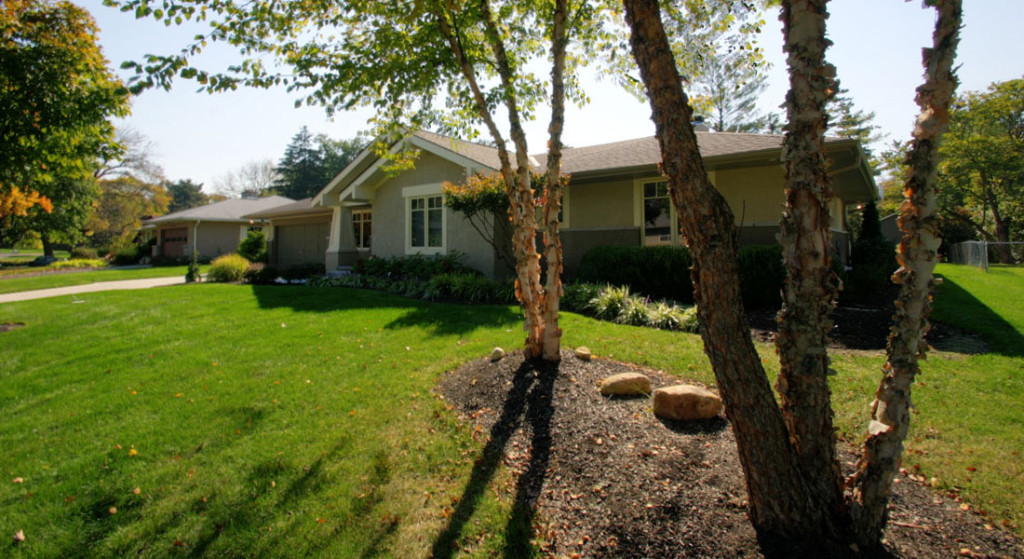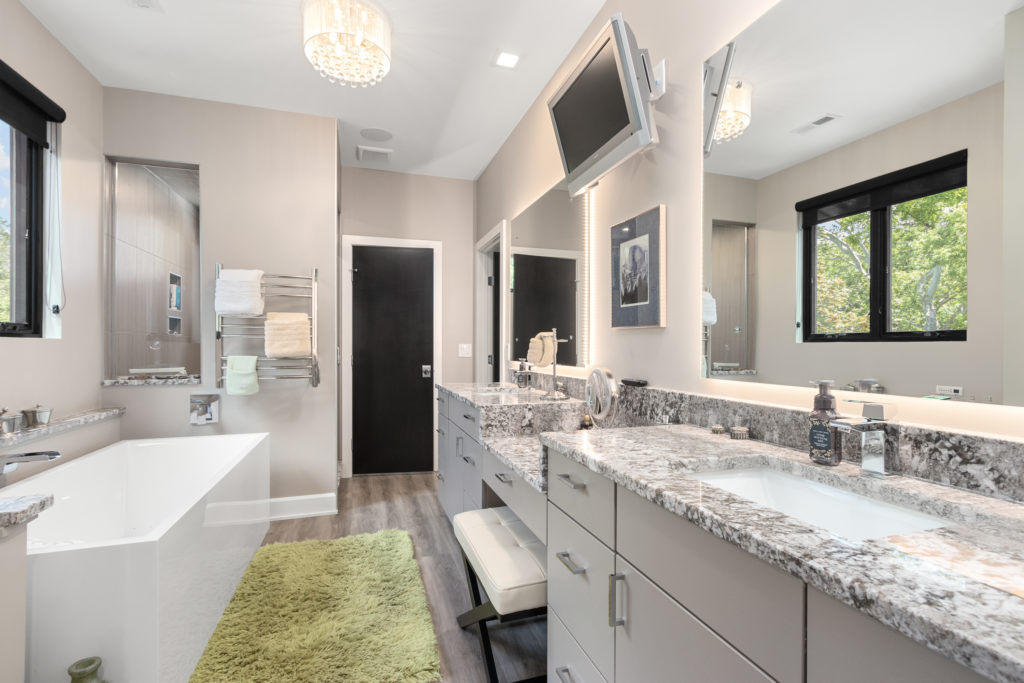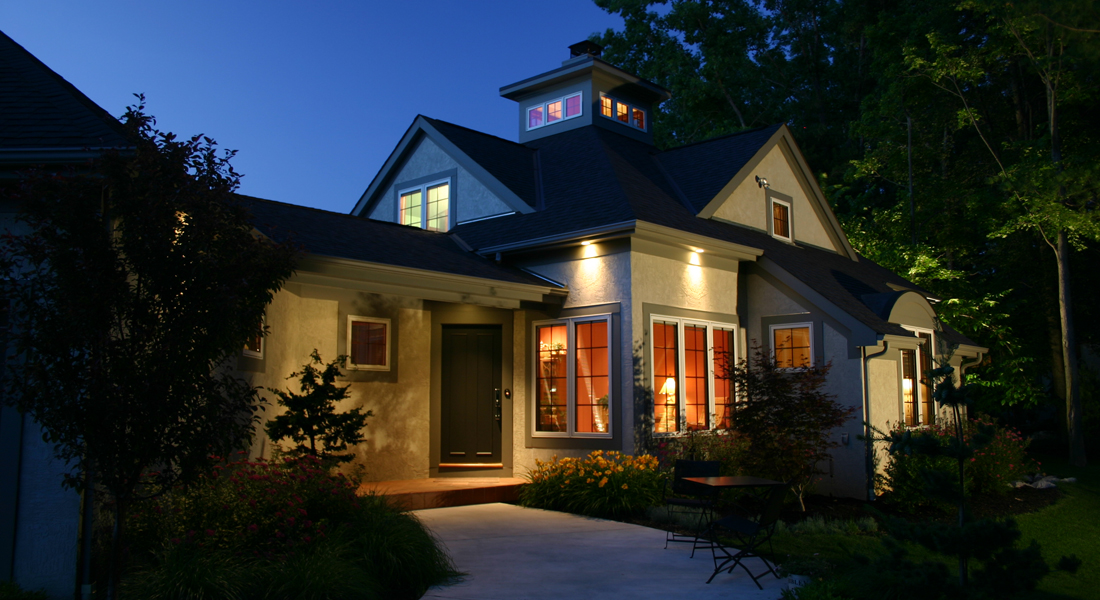
7 Ways to Control Home Construction Costs
You might think the only way to control home construction costs is to strip all the niceties away, and build a “bare bones” house.
You’re partly right – adding lots of expensive goodies to a house can jack the price up quickly. But the real culprits are poor planning and waste. Plan your house a little better and you’ll money left over for some bling.
Here are 7 ways to beat the high cost of construction:
1. Design a Smaller Home
Obviously, making a home smaller will make it less expensive. But random hacking away with a machete is the wrong approach – we need a scalpel and a surgeon.
So think carefully about redundancy – why do you need a dining room AND a breakfast room AND five stools at the kitchen counter? A living room AND a study AND a family room AND a sitting area in the master suite?
Most of these uses can be combined into the same space – one nice large place to eat, for example.
Think about your furniture and how you arrange it – when you don’t know how a room is going to be used you usually make it much too big.
Carefully trim out the wasted, unused space and you’ll see savings start to pile up.
2. Use Building Materials More Efficiently
Way back when, some really smart guys figured out that if building materials were all designed on a common module, they wouldn’t have to use or waste so much of it.
So sheets of drywall and plywood are both 8’ tall and 4’ wide. Which works great on an 8’ x 16’ wall, but not so good when its’ 9 ½’ x 17’.
For the same reason, structural lumber for floors comes from the mill in 2’ increments. So whose idea was it to make rooms 13’ wide?
Design your house as much as possible on the established modules of building materials and stop filling the dumpster with scrap – which you’re paying for, but not using (and paying to have hauled away).
3. Save the Best Finishes and Fixtures For the Best Rooms
I visited Steve Wynn’s Treasure Island Resort in Las Vegas years ago and remember how impressed I was that the décor in the bathrooms in the furthest back corner of the casino was just as nice as the décor in the baths up front.
Nice, but Steve Wynn has a net worth of $2 billion. So while I hope you become a billionaire, don’t spend like one just yet – use the nicer finishes where they’ll be seen, the cheaper ones where they won’t.
For example, put the granite countertops in the kitchen and the master bath but not in the laundry room. And your kids can do without solid brass faucets, crown molding, and a hand-painted tile backsplash in their bath.
Same with carpet – nice stuff in the family room, cheaper everywhere else. Put the money in finishes and fixtures you’ll enjoy every day. It’s an easy way to control home construction costs.
Besides the immediate cost savings, there’s a bonus for families with kids – the kids only beat up the cheaper stuff, so you can afford to replace it later on.
4. Design For Low Maintenance
This one sounds like a paradox; spend more here to save more later. Cheap siding, roofing, and windows will cost you way more in the long run than quality components will now.
There are entire industries built around the hope that you’ll buy replacement windows and a new roof for your house someday, probably much sooner than you think.
Quality is the tortoise in this race – do it right early to control home construction costs later.
5. Lower Your Energy Bills
This goes way beyond insulation, argon-filled glass, and geothermal systems – that’s less than half the problem.
The real problem you need to solve is how your house design responds to the climate and the site. For example, don’t put a big wall of glass facing prevailing winter winds where the heat will get sucked out like a black hole.
Remember your 7th-grade geometry, how a square encloses more area with less perimeter (remember how you thought you’d never need to know that)? A house works the same way – keep the footprint simple and relatively square and you’ll have less wall area heat to escape through.
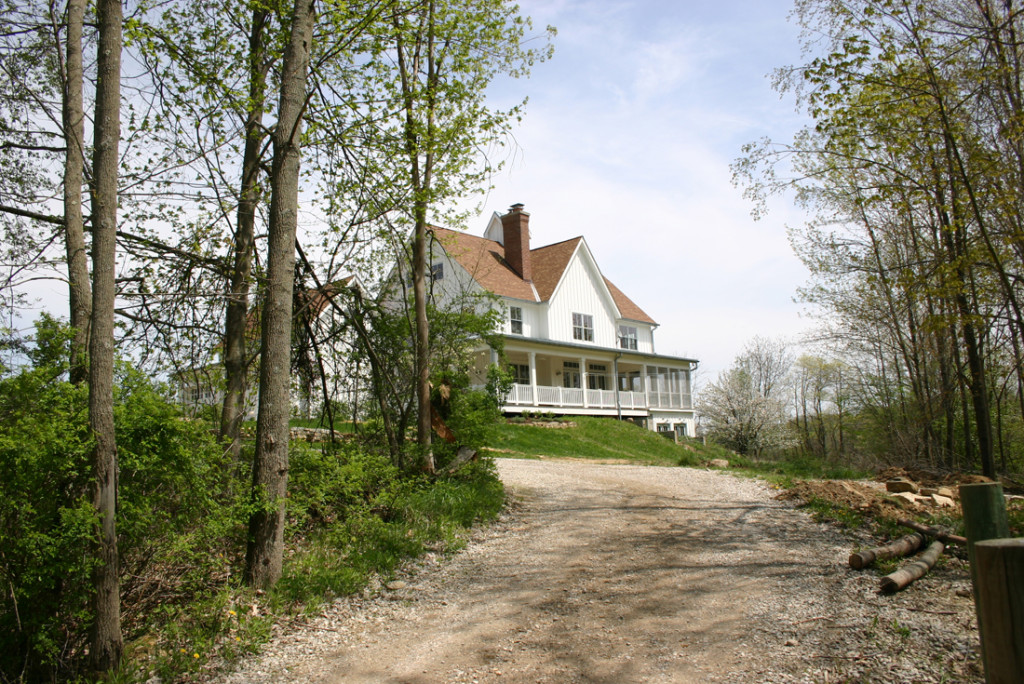
And a well-designed, energy-efficient house might not need an expensive geothermal heating system at three times the cost of a conventional furnace.
6. A Basic Box is Less Expensive and Can Be More Beautiful
We have millions of really great-looking homes in this country, though most were built over 70 years ago. The designers and builders of the first American suburbs were experts at making simple homes elegant and attractive, and they knew how to control home construction costs.
Good-looking homes are very often based on relatively simple box forms, properly proportioned, composed, and detailed.
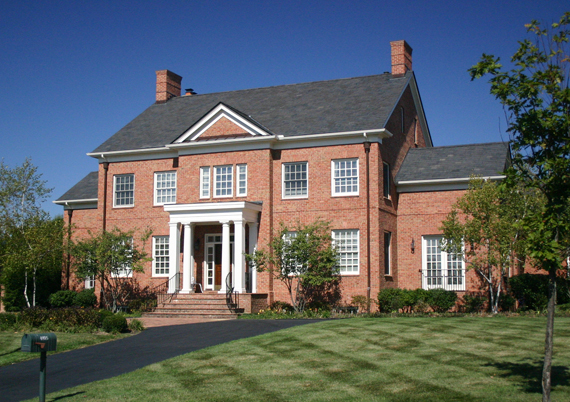
Today too many designers and builders compete for attention by loading the exteriors up with as much stuff as they can – gables, complex roof forms, heroic-scaled arched windows, inappropriate details, etc. Lots of money spent and nobody benefits but the builder (and the replacement-window guy I mentioned above).
Keep the house forms simple and you’ll save big on the building materials. Look to the early 20th Century suburbs for inspiration and lessons on the elegant simplicity of the box. You’ll have a better looking home that you can be proud of.
7. Good Design Sells Better Someday
Speaking of good looking, energy-efficient, less expensive, low maintenance, smaller homes, guess what? They sell faster and for more money than cookie-cutter houses.
Years ago a client of mine put his house up for sale after nine years, and sold it in two weeks – without an agent – for twice what he paid to build it.
All he did was stick a sign out front.
The buyer said it was the uniquely functional and interesting floor plan and irresistible exterior design that sold him on it.
And while that’s not exactly a way to control home construction costs, it pays off in the end either way.


